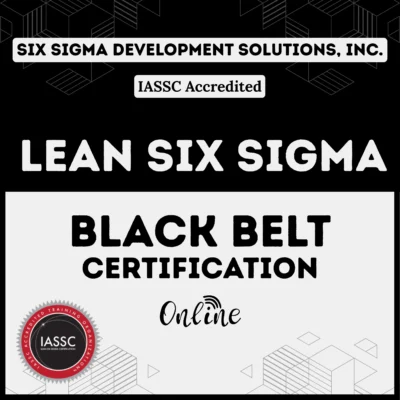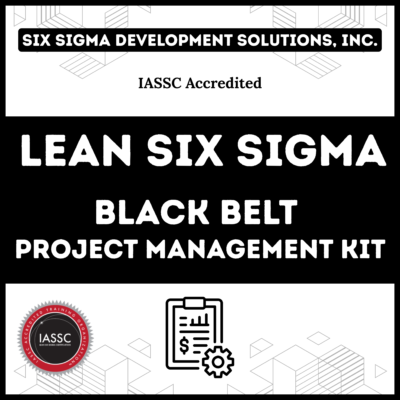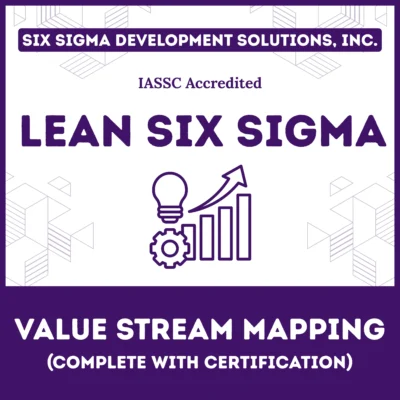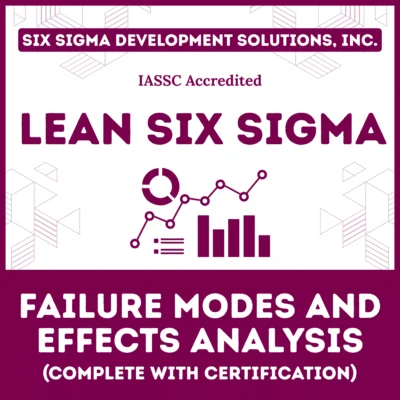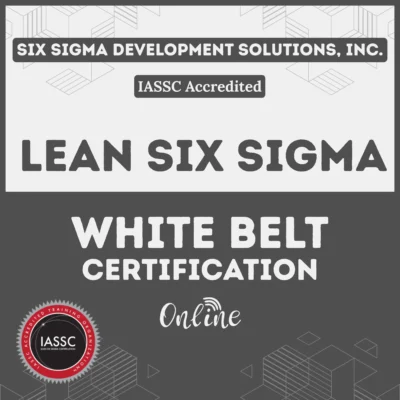Cost modelling is a crucial business process used to estimate, analyze, and predict the costs involved in producing goods or delivering services. It acts as a financial blueprint that helps organizations optimize spending, improve pricing strategies, and forecast future costs accurately.
In this article, we explore what cost modelling means, why it matters, common methods, key components, industry applications, and how to use cost modelling tools effectively for better decision-making.
Table of contents
What Is Cost Modelling?
Cost modelling is the process of creating a mathematical or structured representation of all cost elements related to a product, service, or project. This includes direct costs like materials and labor, as well as indirect costs such as overhead and risk factors.
The goal is to predict the total cost of ownership (TCO) by breaking down complex cost drivers and using algorithmic calculations to simulate different cost scenarios. This helps businesses make data-driven budgeting, pricing, and strategic sourcing decisions.
Why Is Cost Modelling Important?
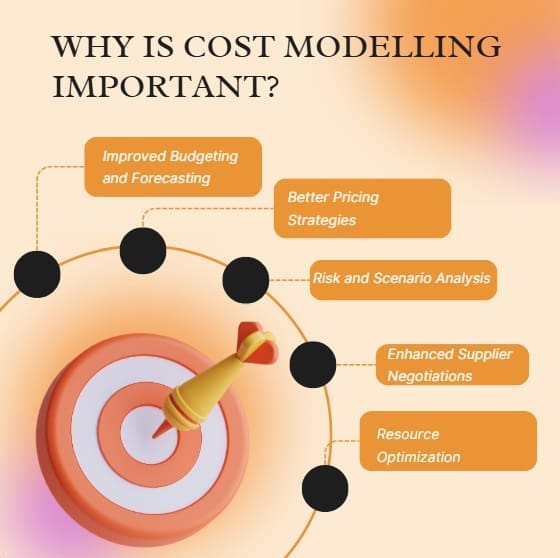
Cost modelling offers several key advantages:
- Improved Budgeting and Forecasting: Provides clear, detailed estimates that help allocate financial resources wisely.
- Better Pricing Strategies: Helps set prices based on true production or delivery costs, enabling competitive and profitable pricing.
- Risk and Scenario Analysis: Simulates how changes—like increased material costs or adjusted labor hours—impact total costs, aiding risk mitigation.
- Enhanced Supplier Negotiations: A well-crafted cost model uncovers supplier cost components, helping buyers negotiate fair prices.
- Resource Optimization: Identifies cost-saving opportunities, such as process improvements or alternative materials.
By quantifying cost drivers in a structured way, organizations gain more control over spending and improved financial visibility.
Public, Onsite, Virtual, and Online Six Sigma Certification Training!
- We are accredited by the IASSC.
- Live Public Training at 52 Sites.
- Live Virtual Training.
- Onsite Training (at your organization).
- Interactive Online (self-paced) training,
Key Components of a Cost Model
Building an effective cost model involves several important elements:
| Component | Description |
| Cost Drivers | Factors that influence costs directly (e.g., labor hours, material quantities). |
| Cost Elements | Categories of costs (direct materials, labor, overhead, logistics, risk). |
| Input Parameters | Data inputs like unit prices, production volumes, or machine rates used in calculations. |
| Calculation Logic | Formulas and algorithms that connect inputs to cost outputs, enabling scenario testing. |
| Auxiliary Factors | Adjustments for quality variance, risk premiums, or environmental impacts. |
These components form a mathematical framework representing real-world costs.
Common Types of Cost Modelling
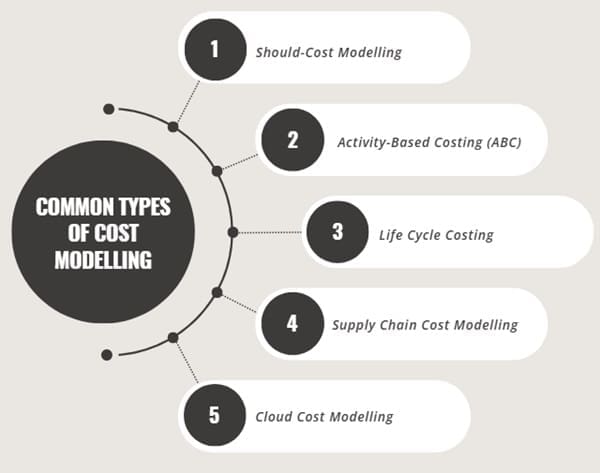
Several popular types and frameworks are depending on the purpose:
1. Should-Cost Modelling
Focuses on estimating the “should cost” of a product or service by analyzing all cost components realistically, often used in procurement and supplier negotiations. It helps organizations assess fair pricing and identify cost reduction potential.
2. Activity-Based Costing (ABC)
Allocates indirect costs to products based on actual activities and resource consumption. ABC offers granular insight into product or service profitability by tracing overhead costs precisely.
3. Life Cycle Costing
Calculates total cost across the entire lifecycle of an asset or project, including acquisition, operation, maintenance, and disposal costs.
4. Supply Chain Cost Modelling
Maps and analyzes costs incurred across the supply chain, including procurement, manufacturing, transportation, and warehousing. This helps optimize overall supply chain economics.
5. Cloud Cost Modelling
Estimates and forecasts costs related to cloud computing services, accounting for different pricing models such as pay-as-you-go, subscriptions, or reserved instances.
How Is Cost Modelling Done?

Cost modelling follows a systematic approach:
- Define Purpose: Clarify whether the model is for budgeting, pricing, procurement negotiation, or cost optimization.
- Identify Cost Drivers: Determine direct and indirect cost factors relevant to the product or process.
- Gather Data: Collect historical and current data on costs, quantities, prices, and usage rates.
- Build the Model: Use spreadsheets or specialized software to develop formulas representing cost relationships.
- Validate and Test: Check model accuracy using real-world data and refine assumptions as needed.
- Use for Decision Making: Apply the model to forecast costs, run scenario analyses, and guide supplier negotiations.
Specialized software like Costimator, aPriori, or CostPerform can simplify complex calculations and ensure data consistency.
Also Read: What Is Analytics Modelling?
How Does Should-Cost Modelling Work?
Should-cost modelling breaks down a product’s cost to components such as:
- Raw materials
- Labor (e.g., hourly wages multiplied by time spent)
- Manufacturing overhead (energy, maintenance, tooling)
- Logistics and handling costs
- Profit margins and supplier mark-ups
By calculating each element, companies derive an expected manufacturing cost, forming the basis for negotiation or design optimization.
Benefits of Using Cost Modelling Software
Cost modelling software tools automate and streamline the cost estimation process with features such as:
- Access to validated cost libraries and industry benchmarks
- Intuitive scenario planning and “what-if” analysis
- Integration with ERP or procurement systems
- Visualization dashboards for cost breakdown and trends
- Automated updates with market price indices
These tools improve accuracy, save time, and enable ongoing cost management at scale.
Real-World Applications of Cost Modelling
Cost modelling is applied widely across industries:
- Manufacturing: Estimating production costs for quoting and process improvements.
- Procurement: Analyzing supplier quotations to find cost-saving opportunities.
- IT & Cloud Services: Forecasting cloud spending to optimize resource usage and reduce waste.
- Construction & Engineering: Budgeting and managing project costs across multiple stages.
- Supply Chain: Mapping total landed cost including tariffs, shipping, and inventory carrying costs.
By applying cost models strategically, businesses make data-driven decisions that enhance profitability and competitiveness.
What Are the Common Challenges in Cost Modelling?
While powerful, cost modelling can face hurdles such as:
- Data quality issues or incomplete information
- Complexities in accurately modeling indirect costs
- Resistance to adopting models due to organizational change barriers
- Keeping models up-to-date with market and operational changes
- Balancing model complexity with usability and communication needs
Mitigating these challenges requires strong collaboration between finance, procurement, engineering, and IT teams.
Also Read: Business Process Modeling
Frequently Asked Questions (FAQs) on Cost Modelling
Q1: What exactly is a cost model?
A cost model is a structured representation using formulas and data to estimate all costs related to a product, service, or project for budgeting and decision-making.
Q2: How does should-cost modelling differ from other cost models?
Should-cost modelling focuses on estimating the fair production cost to support supplier negotiations, while other models may emphasize internal budgeting or lifecycle analysis.
Q3: What are some common cost drivers used in cost models?
Typical cost drivers include labor hours, material quantities, energy usage, machine hours, overhead rates, and transportation costs.
Q4: Can cost modelling help in cloud cost optimization?
Yes, cloud cost modelling forecasts cloud service charges by analyzing usage patterns and pricing models, enabling organizations to reduce waste and optimize spending.
Q5: What software tools are available for cost modelling?
Popular tools include Costimator, aPriori, CostPerform, and Excel-based custom models, often integrated with ERP or procurement platforms.
Final Words
Cost modelling is a strategic tool driving better financial control, pricing accuracy, and efficient resource use. By breaking down costs into clear components and applying structured methodologies, organizations can forecast expenses, negotiate better deals, and uncover savings.
Whether you use should-cost models in procurement, lifecycle costing in engineering, or cloud cost models in IT, the approach provides critical insight that transforms cost management from guesswork into informed strategy.
With the right data, methods, and software tools, cost modelling empowers smarter decisions that boost profitability and competitiveness in today’s dynamic markets.





